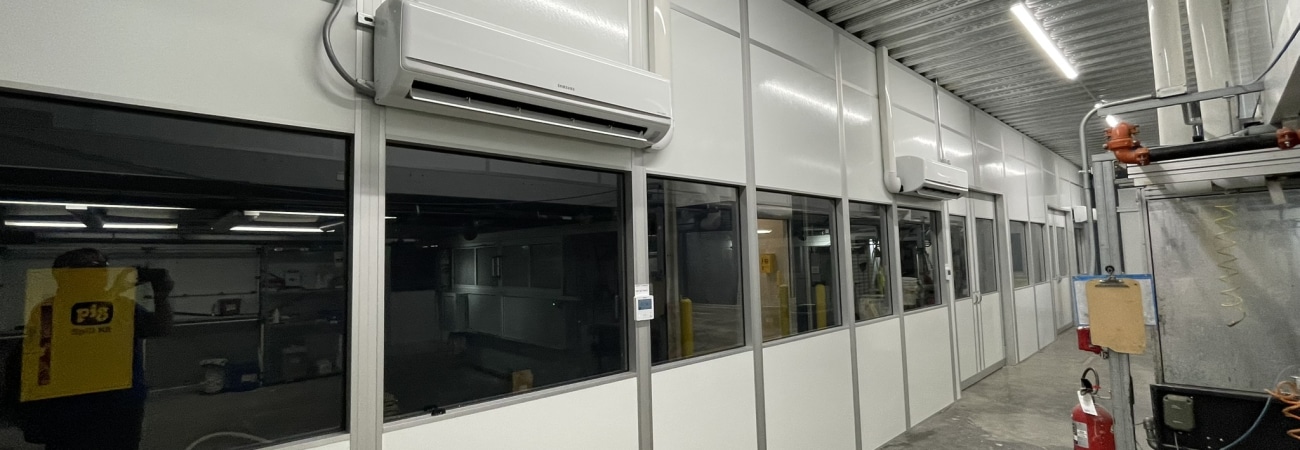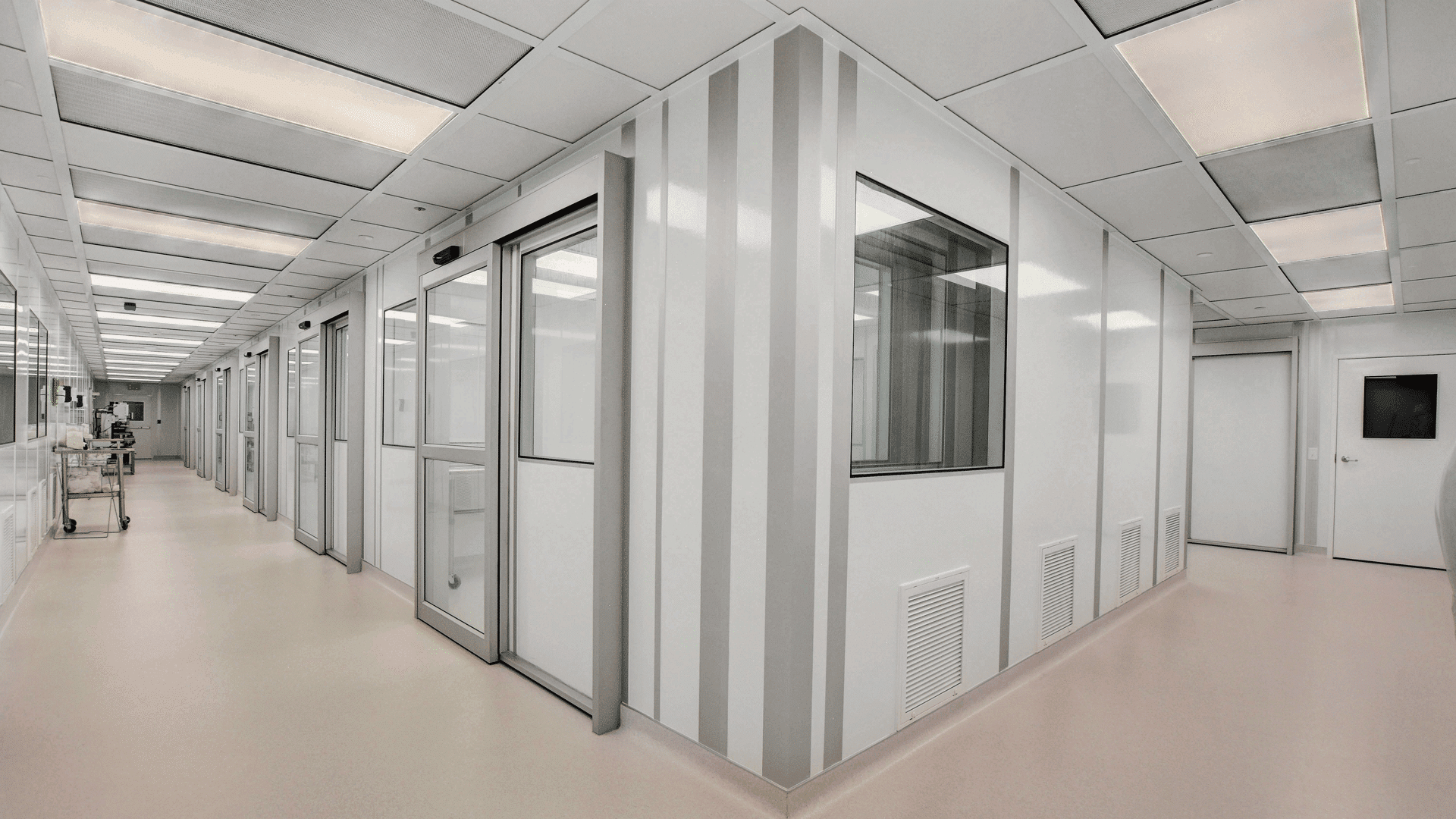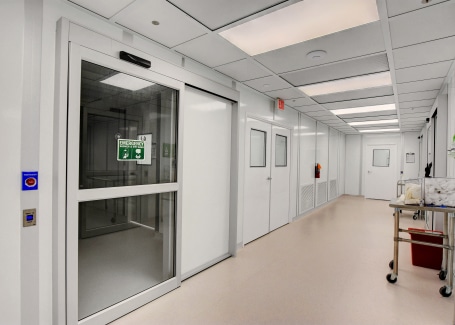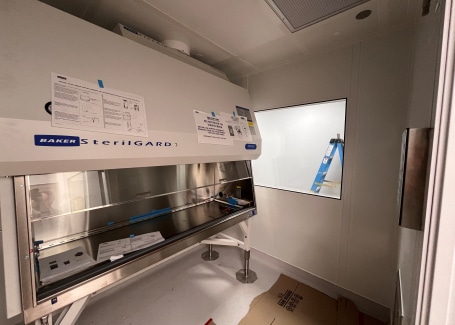Over- or under-engineering a cleanroom can either raise costs carelessly or put compliance at risk. When planning to build a cleanroom (or making a checklist), there are many factors to consider, and one of the most important is whether to use a softwall or hardwall environment. In this guide, we cover what makes each type different (hardwall vs softwall cleanrooms), how each of them is used, and more.
What Are Hardwall Cleanrooms?

A hardwall cleanroom is a controlled environment made of rigid, solid walls. Hardwall spaces can be either traditionally built or modular, but the important part is that they are not soft or flimsy. They are built with materials like aluminum, steel, acrylic, and polycarbonate. Like all other cleanrooms, their purpose is to control contamination to a certain level.
Hardwall cleanrooms are able to create strict environments, but may be used for less strict ones as well. The environment within hardwall cleanrooms is much easier to control than in softwall spaces. And in general, they’re suited for long-term use.
Furthermore, they are used in many different industries. They can be used for pharmaceuticals, biotech, medical devices, aerospace manufacturing, semiconductors, electronics, and more.
What Are Softwall Cleanrooms?

Softwall cleanrooms, on the other hand, are controlled environments made from lightweight or “soft” materials, like flexible curtain walls (typically made of vinyl strips). These cleanrooms use a metal frame that’s usually steel or aluminum, and the curtain walls contain the air within the space. They are relatively quick to install, and are often freestanding (or even on wheels [casters]).

Softwall cleanrooms are generally used for less strict environments, such as ISO 7 or ISO 8, partly because they don’t recirculate air. This means that the air which enters makes one pass and then exits the room. Though it’s technically possible to add recirculation, this is not often done because of the cost.
However, all things considered, softwall cleanrooms are the more flexible choice, and are easy to relocate. They are also cheaper than hardwall cleanrooms.
Softwall cleanrooms are used in similar industries as hardwall cleanrooms, but for less important applications, such as packaging, assembly, and early-stage R&D.
Comparing Hardwall vs Softwall Cleanrooms
| Softwall Cleanrooms | Hardwall Cleanrooms | |
|---|---|---|
| Wall Type | Flexible vinyl curtains. | Solid walls (e.g., glass, acrylic, fiberglass-reinforced plastic, aluminum, stainless steel). |
| Flexibility | Flexible, easy to reconfigure. | Slightly less adaptable once installed, but stronger. |
| Cost | Least expensive option. | More expensive due to stricter requirements and materials. |
| Maintenance | Requires more frequent maintenance due to wear and tear. | Requires less maintenance, strong and durable. |
| ISO Classes | Typically used for less strict classes (ISO 7 or ISO 8). | Suitable for the strictest ISO classes, better at particle control. |
| Air Recirculation | Usually no recirculating air. | Can include recirculating air systems. |
The Bottom Line
In short, hardwall cleanrooms are used when you need tight control over the environment, stricter ISO classifications, or long-term use. On the other hand, softwall cleanrooms are better used for short-term projects, smaller budgets, or when flexibility is more important than cleanliness.






